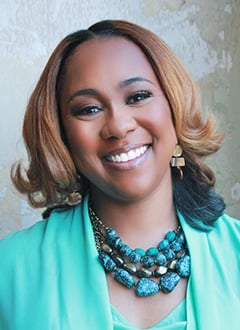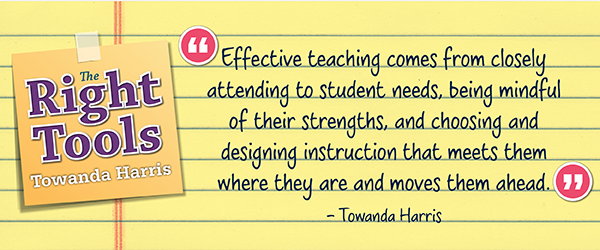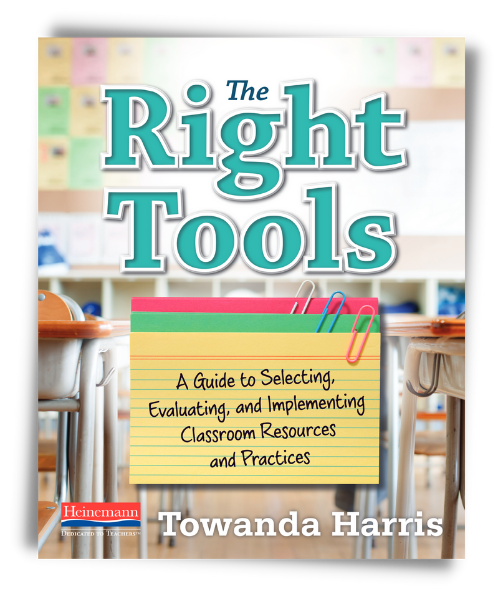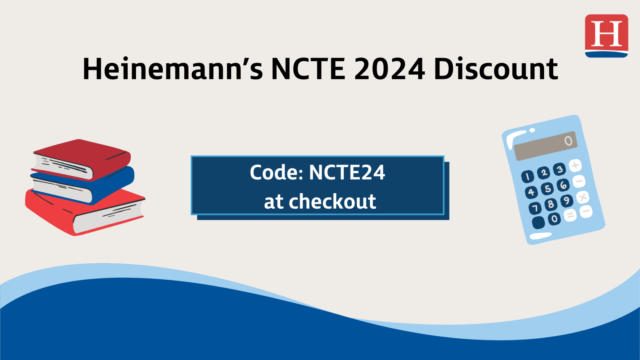
Imagine a student walking through the school doors without a “good morning” or a “happy to have you here.” Let’s follow that same student to first period, where the desks are set in rows and talking with peers is considered disruptive behavior. The student’s only one-on-one conversation with the teacher is to remind the student to electronically submit assignments and to keep their mask over their nose. After about four periods of this, the student is exhausted from the day only to arrive at the cafeteria and find out that they ran out of hot lunches, so pb&j it is. We adults often consider school culture to be subtle and difficult to define, but when we view school through the eyes of our students, culture become painfully clear.
As Zaretta Hammond has explained, unspoken rules, social norms (i.e., nonverbal communication, eye contact, and personal space) have a strong connection to the learning experience of each student. So, how do we support the work of shifting the culture to center the student’s experiences? We can begin with how we structure our own classrooms. Working with school leadership teams across the country has allowed me to identify some essential criteria needed to create spaces for students to be centered:
A Trusting Environment: A community type learning environment fosters trust, transparency, acceptance, and empathy. It’s not magical, it is simply a place where different life experiences and perspectives meet without judgment. This type of learning environment fosters engagement, transparency, and acceptance. Student responses are often solicited during instruction and used to help guide the learning. For example, a teacher may use students’ writing as the anchor text to discuss how the author uses figurative language. This personalizes the learning and builds trust, creating an atmosphere in which both the teacher and the student’s peers are affirming the student's contribution to the learning space.
A Collaborative Environment: When I was a teacher, I saw my students come alive when they worked with teams, partners, or groups. I would like to say that it was because my lessons were top-notch, but that wasn’t always the case. The real reason was that in those moments, my voice was minimized and their voices were allowed to fill the space. It was a time that I, the teacher, took a backseat and listened as my students expressed themselves. In class, this might look like replacing teacher-led discussions with opportunities for students to consider their own ideas, turn and talk to an elbow partner to share, and then lead a discussion as we, the teachers, ask questions and, perhaps, script their responses for future reference.
A Welcoming Environment: Try to recall a situation when your personality, humor, and empathy weren’t restricted. How did it feel? Welcoming? Liberating? Our students need these situations in school—situations in which they can be themselves, acknowledge others’ contributions, listen more, and value all perspectives. This type of environment creates space for students’ personalities, humor, passion and more. This type of environment does not form on its own. It’s a combination of both a trusting environment and a collaborative environment, and it strengthens over time. When I was in the classroom, I would imagine myself in the shoes of the quietest student in the classroom and then as the most outspoken. I would nudge myself to consider how I could better support them by asking myself questions such as:
Imagine a student walking through the school doors without a “good morning” or a “happy to have you here.” Let’s follow that same student to first period, where the desks are set in rows and talking with peers is considered disruptive behavior. The student’s only one-on-one conversation with the teacher is to remind the student to electronically submit assignments and to keep their mask over their nose. After about four periods of this, the student is exhausted from the day only to arrive at the cafeteria and find out that they ran out of hot lunches, so pb&j it is. We adults often consider school culture to be subtle and difficult to define, but when we view school through the eyes of our students, culture become painfully clear.
As Zaretta Hammond has explained, unspoken rules, social norms (i.e., nonverbal communication, eye contact, and personal space) have a strong connection to the learning experience of each student. So, how do we support the work of shifting the culture to center the student’s experiences? We can begin with how we structure our own classrooms. Working with school leadership teams across the country has allowed me to identify some essential criteria needed to create spaces for students to be centered:
A Trusting Environment: A community type learning environment fosters trust, transparency, acceptance, and empathy. It’s not magical, it is simply a place where different life experiences and perspectives meet without judgment. This type of learning environment fosters engagement, transparency, and acceptance. Student responses are often solicited during instruction and used to help guide the learning. For example, a teacher may use students’ writing as the anchor text to discuss how the author uses figurative language. This personalizes the learning and builds trust, creating an atmosphere in which both the teacher and the student’s peers are affirming the student's contribution to the learning space.
A Collaborative Environment: When I was a teacher, I saw my students come alive when they worked with teams, partners, or groups. I would like to say that it was because my lessons were top-notch, but that wasn’t always the case. The real reason was that in those moments, my voice was minimized and their voices were allowed to fill the space. It was a time that I, the teacher, took a backseat and listened as my students expressed themselves. In class, this might look like replacing teacher-led discussions with opportunities for students to consider their own ideas, turn and talk to an elbow partner to share, and then lead a discussion as we, the teachers, ask questions and, perhaps, script their responses for future reference.
A Welcoming Environment: Try to recall a situation when your personality, humor, and empathy weren’t restricted. How did it feel? Welcoming? Liberating? Our students need these situations in school—situations in which they can be themselves, acknowledge others’ contributions, listen more, and value all perspectives. This type of environment creates space for students’ personalities, humor, passion and more. This type of environment does not form on its own. It’s a combination of both a trusting environment and a collaborative environment, and it strengthens over time. When I was in the classroom, I would imagine myself in the shoes of the quietest student in the classroom and then as the most outspoken. I would nudge myself to consider how I could better support them by asking myself questions such as:
- What does the classroom look like from where they are sitting?
- What questions engage them the most?
- In what ways do I encourage them to contribute their voice in the learning space?
Identifying the many touchpoints that students encounter each day helps us see the culture of our schools and the systems and structures at work in our buildings. Once we understand the ways in which a school’s culture impacts our students, we can make shifts to make the school environment more trusting, collaborative, and welcoming.
Browse more blogs featuring Towanda Harris here.

Dr. Towanda Harris has been a teacher, staff developer, literacy content specialist, and an instructional coach. Currently an Instructional Leadership Coordinator and an adjunct professor of reading and writing in Atlanta, Georgia, she brings almost twenty years of experience to the education world. Towanda is the author of The Right Tools: A Guide to Selecting, Evaluating, and Implementing Classroom Resources and Practices. Educators rely on her wisdom about how to find resources that meet their teaching goals and match their understanding of their students’ needs. Teachers turn to her to learn how to employ those resources, blend them with best practices, and help all students reach their full potential.
In addition, she serves as a #G2Great Twitter chat Advisory Team member. Towanda is a Heinemann PD provider, presenting One-Day Workshops, Webinar Series, and On-Site PD. Some of her workshops include the Wisconsin State Reading Association Conference, National Reading Recovery Conference, Indiana State Reading Conference, and the GDOE Impacting Student Learning Conference. Follow Towanda on Twitter at @drtharris.




